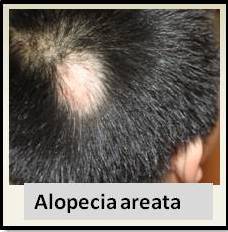Mattel to Design Friend of Barbie with Alopecia
Mattel Inc, the makers of the Barbie doll, announced last week that they would be designing a doll without hair in order to support children with cancer or alopecia.
An important driving force for Mattel to create the doll comes from a Facebook group “Beautiful and Bald Barbie.” The group was founded by Jane Bingham of Sewell, New Jersey after she lost her hair during cancer chemotherapy treatment and realized how upset it made her 9 year old daughter. The group petitioned Mattel to produce a doll without hair.
The Facebook group originally declared their goals on their Facebook page long before Mattel took note:
We would like to see a Beautiful and Bald Barbie made to help young girls who suffer from hair loss due to cancer treatments, alopecia or trichotillomania. Also, for young girls who are having trouble coping with their mother’s hair loss from chemo. Many children have some difficulty accepting their mother, sister, aunt, grandparent or friend going from long-haired to bald.
The Mattel company has announced that the doll will come with wigs hats and scarves. The doll won’t be sold in stores but rather Mattel will donate the dolls to children’s hospitals in the United States and Canada as well as the National Alopecia Areata Foundation. For now, it will be difficult for young children with parents who have alopecia from chemotherapy or parents with alopecia areata to get a doll, but that could possible change in the future. For now, the dolls are only given to children with hair loss from cancer chemotherapy, alopecia areata (areata, totalis and universalis) or trichotillomania.
Although the news release has been met with some criticism, there are certainly many benefits of a doll for children with alopecia and for children with parents or relatives with alopecia. Talking about hair loss can be difficult for many people and talking about it openly can sometimes be difficult. This doll has the potential to open up conversation not only between parents and young children but with other siblings and friends as well. I have many young 2-6 year old girls in my practice who love and adore their dolls with hair and use the doll as source to open conversation with their parents, grandparents or friends. I can only image how a doll without hair will further help young children cope with their hair loss.
The dolls will likely be distributed to children in early 2013.
This article was written by Dr. Jeff Donovan, a Canadian and US board certified dermatologist specializing exclusively in hair loss.












